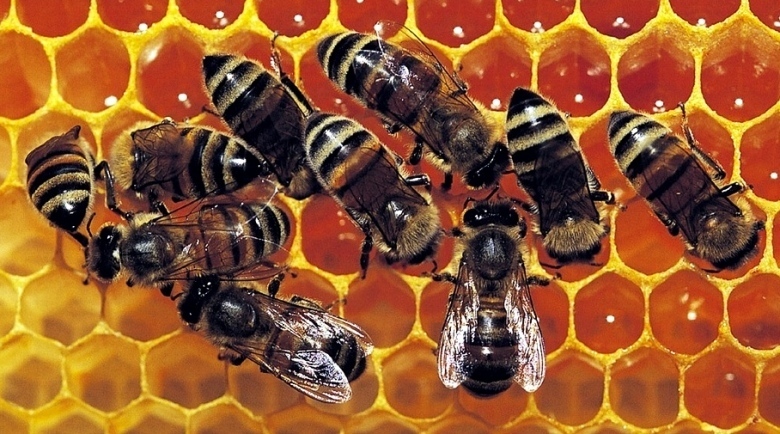
A new analysis of geologic history may help solve the riddle of the "Cambrian explosion," the rapid diversification of animal life in the fossil record 530 million years ago that has puzzled scientists. A paper suggests a major tectonic event may have triggered the rise in sea level and other environmental changes that accompanied the apparent burst of life.
The Cambrian explosion is one of the most significant events in Earth’s 4.5-billion-year history. The surge of evolution led to the sudden appearance of almost all modern animal groups. Fossils from the Cambrian explosion document the rapid evolution of life on Earth, but its cause has been a mystery. The sudden burst of new life is also called "Darwin’s dilemma" because it appears to contradict Charles Darwin’s hypothesis of gradual evolution by natural selection.
"At the boundary between the Precambrian and Cambrian periods, something big happened tectonically that triggered the spreading of shallow ocean water across the continents, which is clearly tied in time and space to the sudden explosion of multicellular, hard-shelled life on the planet," said Dalziel, a research professor at the Institute for Geophysics and a professor in the Department of Geological Sciences.
